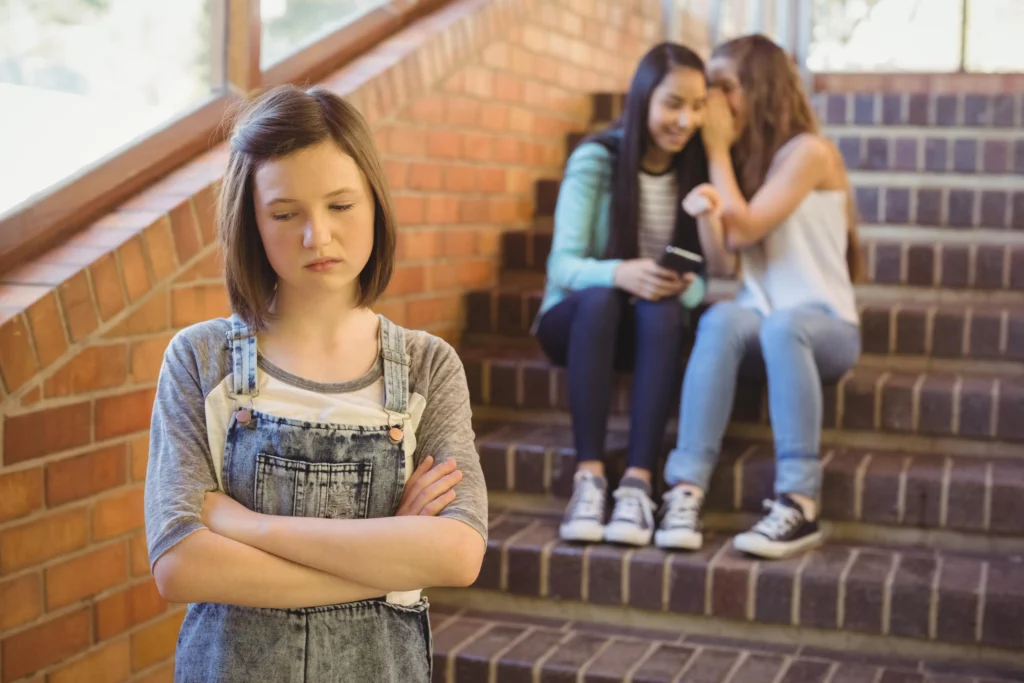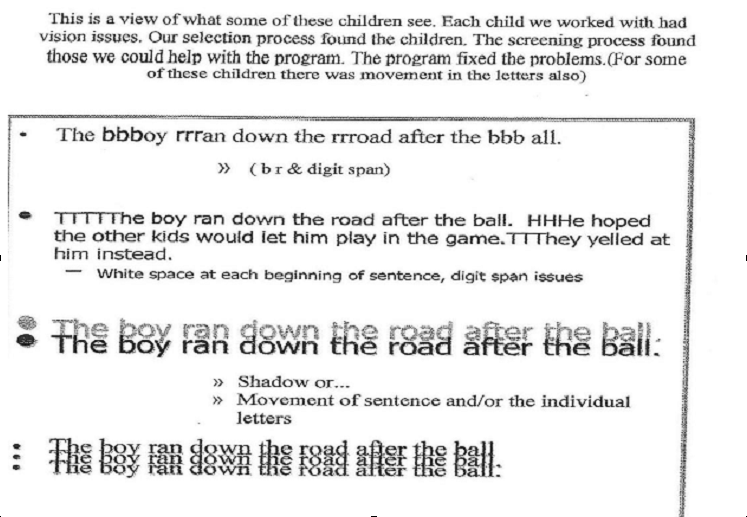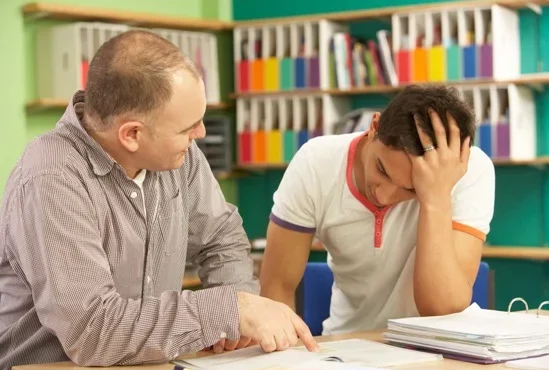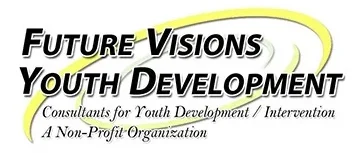
Our Struggling Kids
When in 3rd grade, elementary school becomes a difficult time.
Financial gifts are necessary to sponsor your school in order for FVYD to do its first program work in each region, as well as to fix this in each school. We pay all expenses and work on one grade only (elementary is often 3rd or 4th grade).
For Elementary Schools Students
Who they are: Ages 5- 11 in K- 5th grade
When did the struggle begin in Reading: 7-8 years old, around 3rd grade

Several Ways This Is a Dilemma for Parents and Teachers Alike:
Who knew this was what they were seeing on every page? Students even described the words and double lettering moving around the page as they read it. How can kids decode words and sentences with this inconsistent movement?
Who knew this is what 40% of students in our state see even with healthy eyes?
How do we advance them through this issue while reading in today’s schools?
Sometimes, these students with minor issues can receive help from ed-tech support. However, more often than not, they do not get help. These students can become more anxious and struggle more than before.
Other times, behaviors become more of an obvious problem and they may need to receive special services support.

BEHAVIORS CHANGE
By 5th grade, it gets serious. These kids now start to become adaptive to protect their self-esteem, which is now decreasing over time.
This is when they develop more symptoms we may miss. These conditioned-avoidant behaviors become useful for stress reduction. These behaviors, or adaptation skills, are not always good for their health or wellness or for teachers & parents. In the beginning, these often smart, but poor, students become very creative instead of starting “negative” alternative behaviors. Over time, words like a jokester, Attention Deficit Deficiency (ADD) & even suggestions of hearing problems come into their adaptive play.
In Maine, the number of students in 2023 was approximately 44,000+.
For many Individual Educational Profiles (IEP), Special Services will follow & it soon changes their educational progress. Their reading remained the focus & their major problem for years- as it negatively influences all other school learning.
For many of these young kids (8-11 years old), their first reading groups and reading aloud in class affect them negatively & their first efforts at peer equality will continue from this time forward to fail them. So now, reading issues also become a source of anxiety for many. At schools, dyslexia and other diagnoses are often identified. Then, peer bullying contributes to their chronic absenteeism and frequent illness.
For TEACHERS In schools 3-5 grades, when there is no “flow to know,” what you have read over these years & this elementary fun time changes with their subtle peer inequality, NOW also comes the obvious exclusion of these kids within selection times for their desired groups. Self-esteem takes another hit! And that over time is becoming more noticed by others in 4th-5th grade.
Kids are Resilient
Teachers and ED Techs try very hard. Counselors help!
Kids begin losing hope. Often, by this time in schools, teachers and ED techs assist them, & teams of professionals are added to the Education Profile (IEPS) to address some of their “symptoms” that generally grew as a result of their peer equality. Now parents, teachers and school interactions follow about their inattentiveness & school grades, and Special Services grow their length of serving time.
ALL WE, FVYD, ASK IS schools pick a grade (3 or 4th) & let FVYD HELP recover this young kid’s reading skills or rule it out.

A New Approach to Reading: Our Short FVYD In-School Inclusion Program
Once FVYD screens address their reading skills, together we all will know more, & many of these kids will read soon. Then, with school /teacher/ED-tech in a few weeks, support will soon read advancing to grade level & with peer equality.
Kids are resilient. The CAUSE, once addressed, is corrected— the trigger for their symptoms is gone. So those conditioned-adaptive symptoms also often decrease quickly once reading skills are recovered. When these students turn toward learning instead, these negative behaviors often change, too (you must see this to believe how quickly this happens, even in 5th grade).
With those adaptive actions now being redirected, they are leading also to successful peer inclusion efforts. By this time, these kids will know that it was not their fault, & they are feeling good about themselves & their health.
Once they recover their reading skills now in 5th grade, it is late, but they are good! And so are the teachers, classroom and parents. Otherwise, by middle school, we will see these same kids now as Kids at Risk!
About FVYD
Future Visions Youth Development was founded in 1996. The work initially began in 1991 with one child, Katie
Our FVYD, the non-profit 501c3 & its team of clinicians specialize in this field. Together, we built this remarkable program first for all kids to read at grade level and “to ease in” with peer equality. Then we added simple observation and behavioral work:
Professional Experience in Life Skills: Having trained and worked in adolescent crisis and on adolescent suicide units & built programs (from studying by observing humans for their school life), with help from an NEU allied health degree, a NYIT behavioral degree, and a PhD research and work in public service leadership, our FVYD Program for reading skill recovery called “A New Approach to Reading” has done this great work to bring this incredible program into all American’s public schools.
This simple first-step work was approved by the University of Southern Maine USM Internal Review Board IRB as a community non-profit 501c3 ESSA-supportive effort. It ran its Ph.D. study in (8) 8th-grade schools, with 124 8th-grade students & by 8 teachers in SY19- 21. It took 15 minutes of in-class time.
So call your local schools and ask the education DOE to look at the remarkable data & many testimonials here. So now it is the parents & teachers who have to bring it into the schools! Call your superintendents and ask that they meet with FVYD to discuss the program work itself and (with data done) from a PhD Research study. Evidentiary data is the only way to respond to the voices of these kids. So for all these 40% of students in our state, approximately 44,000 today are our kids at risk. All educators have to do is read this, want this for their school & dial FVYD 207-236-4736.
Please do not wait; we are losing these at-risk youth every day! Do not wait while some common factors show up in our school kids, like drug and alcohol abuse, depression, and homelessness! Or our Kids often are suggesting abusive and/or frustrated parents (some who may not read either). Or our kids who are self-harming because no one loves them, so they get creative to address these symptoms by damaging themselves.
Please, let’s get into all the public schools with this life-saving FVYD program.
Life is much better when you read a book. Love with Your Heart; Like with Your Head!
